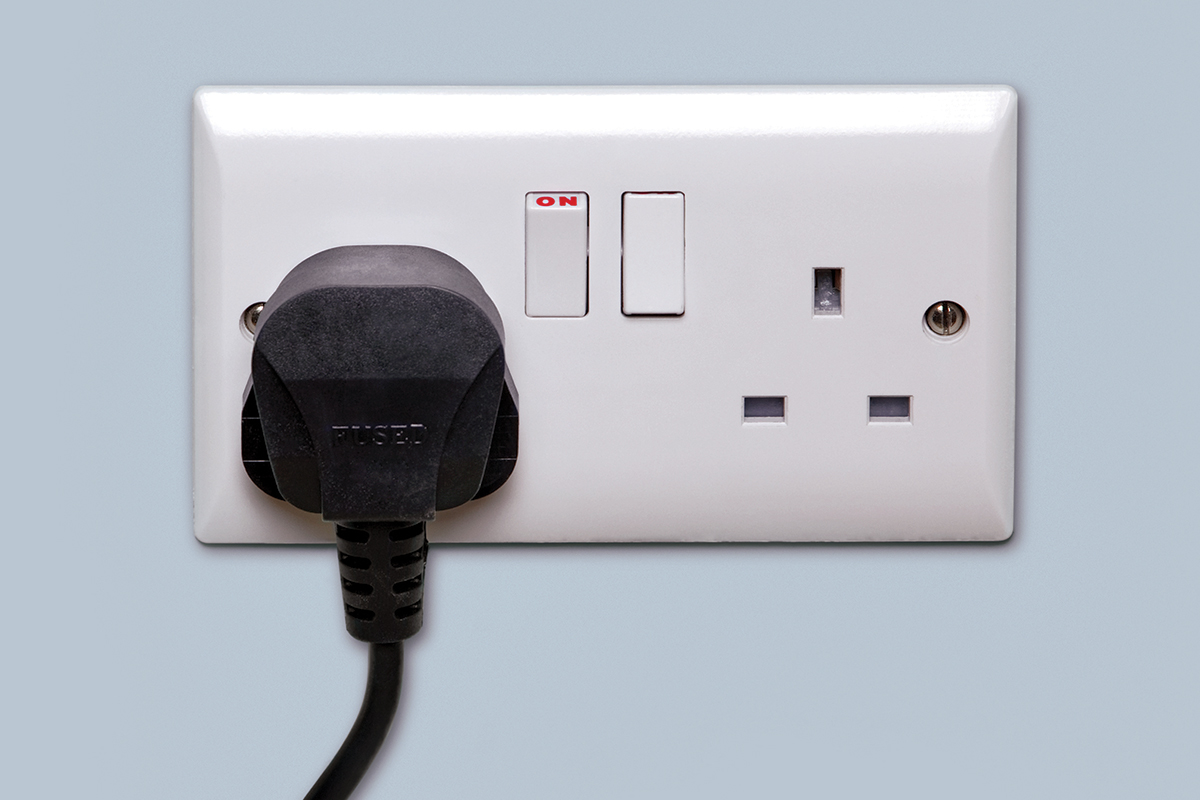This article is taken from our autumn 2020 edition of Equinox. You can view the full version here.
The numbers are mind-boggling….
- The top six US technology stocks have the same value as the German, French, Italian, Spanish, Canadian and UK stock markets combined.
- If Apple were a country, it would be classified as the 9th richest (assuming an equivalence between market capitalisation and GDP).
- Tesla’s share price is up nearly 500% since the start of this year and is now the largest car company in
the world, recently overtaking Toyota, despite Toyota selling over 27 times more cars than Tesla last year.
…and so, it continues.
Whilst this is a nerd’s paradise, there are some serious implications for investors.
Technology encompasses almost all aspects of life, and so investing in this part of the economy can take very different forms – do you prioritise investment in the software makers, for instance, or the companies that use the software to build successful businesses?
As the big numbers suggest, there are now around half a dozen technology giants, which means that investments in this sector can be very concentrated in a few stocks. An investment in the technology- laden index using a NASDAQ 100 tracker fund would currently have almost 60% of its value in the 10 largest companies.
A number of clients have asked us to look at the whole area of technology and provide recommendations for a portfolio of investments in this theme. Our approach has been to diversify the portfolio so that it encompasses the makers and the users of technology, but also to offer a much broader spread of applications, from big data to robotics – which also reduces the concentration risks with the top 10 holdings comprising only around 13% of the total.
To achieve this mix, we have selected funds that take very different approaches to technology investing. The following articles are from two managers of funds in the portfolio who describe their particular approach and how they look to drive performance.
Smith & Williamson Artificial Intelligence Fun
We believe artificial intelligence (AI) is one of the most important investment themes of the coming years and is likely to have a profound impact across a range of sectors. However, it is important to understand that artificial intelligence provides a range of investment opportunities across a wide variety of industries. As a result, we are not focused on investment in the tech sectors.
A lot of tech and robotic funds invest in enabling technologies – such as component or “widget” makers if you want to call them that. These technologies are important but, in our opinion, just focusing on the enabling technology is missing the point. Indeed, at the end of June 2020,
only 40% of our fund was invested in the tech sector.
To give just some idea of the breadth of artificial intelligence, it is worth pointing out that two of the sectors that are most likely to be affected by AI – the healthcare and consumer sectors – actually fall outside the remit of most tech funds. In the healthcare sector, we believe AI will have a huge role to play as governments seek to deliver better healthcare at lower cost.
In the US, there is a wealth of evidence that suggests that AI can help minimise or eliminate errors or misdiagnoses and, by dealing with routine cases more efficiently, it can free up capacity for doctors to deal with more complex problems. In the consumer sectors, AI will have a huge impact on the production and distribution of consumer goods.
The important thing with AI is that companies need to try to understand how it could affect their businesses. Corporate culture takes a long time to change but for businesses to be resilient they need to understand what the future could look like.
By definition, we are investing in progressive businesses that have chosen to engage with AI. We think that those businesses are giving themselves the best chance of success in the long term because they are open to new ideas and prepared to adapt.
Polar Capital Global Technology Fund
Technology is about innovation. We have a dynamic definition of what constitutes a technology company, which includes not only technology suppliers but also companies and business models that are enabled by technology. These companies use technology to create a competitive, or even unfair, advantage. We are drawn to those with technology intellectual property and business models that are difficult to replicate, resulting in high barriers to entry.
We have always taken a thematic approach to technology investing. However, it is clear that COVID-19 has accelerated the adoption of many of these themes, some by years.
Digital transformation is now the number one priority for management teams. It is about making an organisation resilient and agile in this new environment, enabling employees to work from anywhere, continuing to service customers, having robust financial controls and analytics to keep a business running in the middle of this uncertainty. This includes areas such as cybersecurity technologies, e-commerce platforms and digital payments.
Connectivity is also seeing renewed importance, with the start of 5G, accelerated cloud adoption, streaming and the “internet of things”.
Much progress has been made in artificial intelligence and machine learning with more companies now using these in their operations and products. We believe AI will ultimately permeate every industry globally.
Why is it different from the tech bubble 20 years ago?
Equilibrium’s view is that the 1999 bubble was the hype phase of the real cycle that is happening now. The internet, the general-purpose technology that underpins all the changes we are seeing, is of a size and reach that is totally unprecedented. In the 1990’s it was a narrowband, PC-based internet of a few hundred million nodes, whereas today’s broadband network connects 4.4 billion people and 14.2 billion devices.
The tech bubble was fuelled by untested companies built on valuations alone, whilst today listed technology companies show strong growth in revenue and profits.




